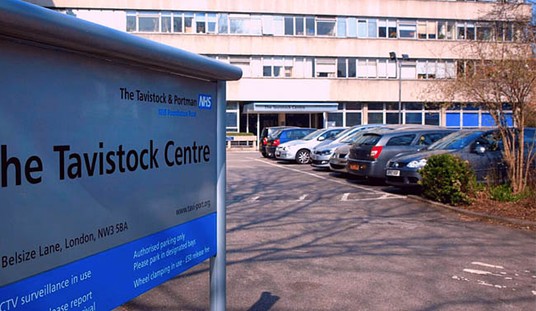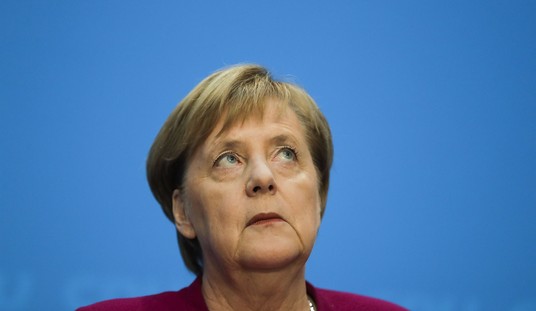Republicans didn’t get the kind of jobs report they would like in the run-up to the midterms, but it wasn’t terrible either. The U-3 unemployment rate hit a 49-year low as more than a quarter-million people left the ranks of unemployed workers. However, only about half of those left for employment as the US economy added only 134,000 jobs in September:
The unemployment rate declined to 3.7 percent in September, and total nonfarm payroll employment increased by 134,000, the U.S. Bureau of Labor Statistics reported today. Job gains occurred in professional and business services, in health care, and in transportation and warehousing.
The unemployment rate declined by 0.2 percentage point to 3.7 percent in September, and the number of unemployed persons decreased by 270,000 to 6.0 million. Over the year, the unemployment rate and the number of unemployed persons declined by 0.5 percentage point and 795,000, respectively. …
In September, the labor force participation rate remained at 62.7 percent, and the employment-population ratio, at 60.4 percent, was little changed.
That’s a meh at best. The 134K level is barely a maintenance level, a disappointment except for the context of Hurricane Florence. The BLS noted that the storm didn’t impact the reporting of the data, but it certainly provided a temporary disruption to job creation in the Atlantic seaboard region.
The Bureau of Labor Statistics delivered better news in the revisions for July and August. They added 87,000 jobs to the two months combined, most of those in August, which went from 201,000 jobs added to 270,000. The contrast between August’s fairly robust pace to September’s maintenance level becomes starker as a result, however.
Wages provided a little better news, rising 0.3%. The AP’s Christopher Rugaber sounds bullish on wage growth in the future, as well as what it means for personal finances:
Last month, average hourly pay increased 2.8 percent from a year earlier, one tick below the year-over-year gain in August.
That figure could rise in the coming months. With the unemployment rate so low, companies are facing intense pressure to boost pay to find the workers they need. Amazon responded on Tuesday by raising its minimum wage to $15 an hour.
Consumers, business executives and most economists remain optimistic. Measures of consumer confidence are at or near their highest levels in 18 years. Retailers have begun scrambling to hire enough workers for what’s expected to be a robust holiday shopping season. A survey of service-sector firms, including banks, hotels and health care providers, found that they are expanding at their fastest pace in a decade.
Americans have continued spending steadily and appear to be in generally stable financial shape. Households are saving nearly 7 percent of their incomes — more than twice the savings rate before the recession. That trend suggests that a brighter economic outlook hasn’t caused consumers to recklessly build up unsustainable debt.
Reuters also points out that the pace on wage growth looks sustained now, even if it did move slightly lower:
Average hourly earnings increased eight cents, or 0.3 percent, in September after rising 0.3 percent in the prior month. With September’s increase below the 0.5 percent gain notched during the same period last year, that lowered the annual increase in wages to 2.8 percent from 2.9 percent in August, which was the biggest rise in more than nine years.
Wage growth remains sufficient to keep inflation around the Fed’s 2 percent target. As more slack is squeezed out of the labor market, economists expect annual wage growth to hit 3 percent. The average workweek was unchanged at 34.5 hours.
Nor does the trade war with China appear to be making any kind of impact on job creation:
While surveys have shown manufacturers growing more concerned about an escalating trade war between the United States and China, that does not appear to have affected hiring.
In fact, the Fed’s latest survey of national business conditions reflected concerns about labor shortages that are extending into non-skilled occupations as much as about tariffs.
Still, the unemployment number is getting the most attention in the media:
Very impressive economic news. The U.S. unemployment rate in September fell to 3.7% — the lowest since December 1969 — a 49-year low!
— Wolf Blitzer (@wolfblitzer) October 5, 2018
Who are we to quibble on the mainstream media’s takeaways?







Join the conversation as a VIP Member